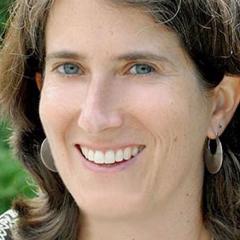Morello-Frosch on how communities of color in California are addressing climate change
On September 30, 2012, California Governor Brown signed the “Climate and Community Revitalization” bills – AB 1532 and SB535. The first of these sets up a process to allocate revenues from auctioning allowances (that is, emissions permits) under the new market-based system that is part of the implementation of the Golden State’s 2006 landmark legislation to reduce greenhouse gas emissions (GHGs). More significantly, SB 535 requires that a minimum of 25 percent of cap and trade revenue be invested in projects that provide benefits to environmentally burdened and socially disadvantaged communities – and it requires that 10 percent be directly invested in projects in those communities.
SB 375 is the result of a long struggle by a variety of groups to lift up the voices and concerns of low-income and minority communities in the global warming debate in California (and the nation). After all, research has demonstrated that low-income populations and communities of color suffer the greatest ill effects from climate change, not just internationally but also within the U.S. In a double-whammy, they are subject to the worst environmental conditions (like worse air quality) and have the highest vulnerability to extreme weather events (due to high rates of cardiovascular disease, for example).
We have called this reality the “ climate gap ” and documented the problem and offered solutions in a series of previous research reports. But there is another “climate gap” that many environmentalists may not be aware of: polls have confirmed that Californians of color are actually more concerned than white residents about both pollution and climate change and, moreover, played a defining role in defeating an oil company-sponsored effort to derail the state’s efforts to address global warming.
